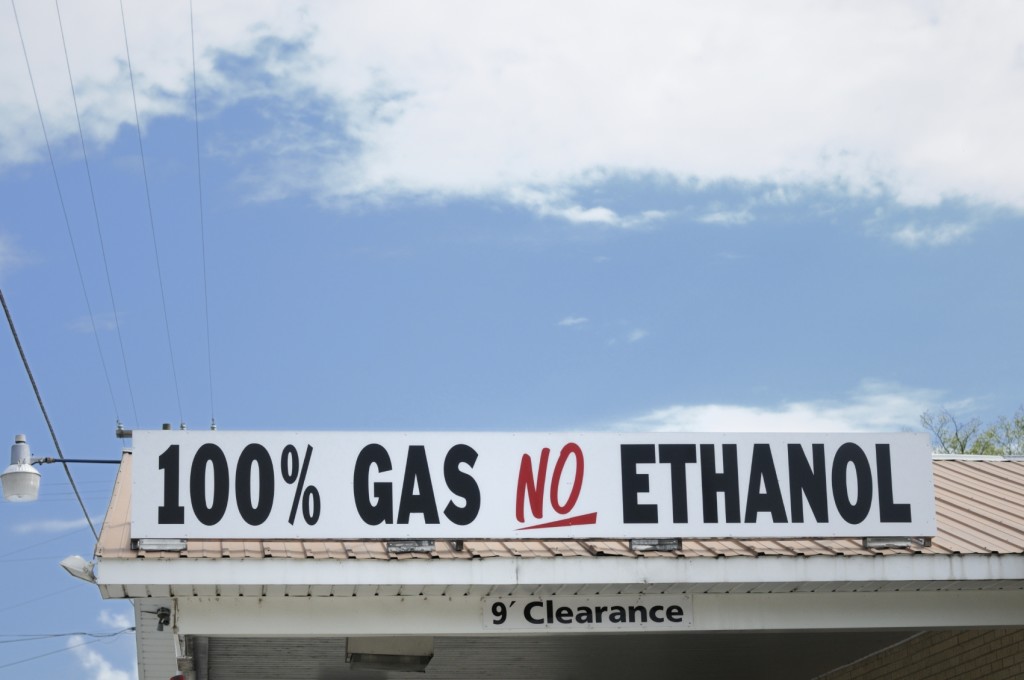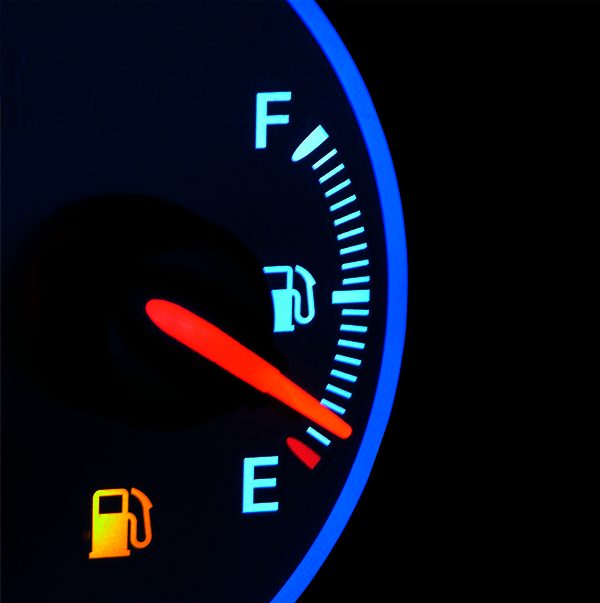Nothing Convenient About RFS
A recent study by the National Association of Convenience Stores (NACS) found that two most prominent regulations affecting fuel use in the United States—the Renewable Fuel Standard (RFS) and the Corporate Average Fuel Economy (CAFE) standards—have competing requirements that will have a negative impact on the more than 120,000 convenience stores that sell motor fuel around the country, as well as the Americans that frequent them.
Under the RFS, which was set by Congress in 2005 and is administered by the Environmental Protection Agency, increasing amounts of biofuels like ethanol must be blended into our fuel every year, culminating in a target of 36 billion gallons per year in 2022. However, under the CAFE standards that President Obama has set, automakers will be required to make automobile fleets with a combined average fuel economy of 54.5 miles per gallon by the year 2025. As such, the ratio of ethanol to gasoline will increase, while fuel economy lessens the overall amount of gasoline we use. An excerpt from NACS’ press release on the recent study notes, “The cumulative effect of the two mandates is that renewable fuels will be required to represent a significantly greater share of the market than originally anticipated — perhaps as much as 40%, or four times higher than today.”
According to the NACS, the combined impact of these two regulations is extremely problematic for the retail fuels market. NACS Vice President of Government Relations John Eichberger said, “to meet such a high renewable fuels concentration, it is likely that most retailers in the country will have to replace their underground storage tank systems and fuel dispensers. For the convenience industry alone, this will require a minimum infrastructure investment that will add nearly $22 billion to the cost of retailing fuels.” These costs will ultimately be passed on to consumers in the form of higher prices.
Ironically, using CAFE to decrease consumption while increasing the ethanol mandate will also have a significant impact on how much bang consumers get for their buck at the pump in terms of gas mileage. A gallon of ethanol contains about 30 percent less energy than a gallon of gasoline; this is one of the reasons that the May 15th AAA Daily Fuel Gauge report shows that, on an energy-output basis, gasoline containing 15 percent ethanol is 58 cents more expensive than regular grade gasoline. If CAFE drops gasoline demand from 140 billion gallons per year to 100 billion gallons, and the RFS requires 36 billion gallons of ethanol by 2022, the current blend of E10 (gasoline with 10 percent ethanol) will need to be increased to E40 nationwide.
In addition to being much less efficient than gasoline, E40 cannot be used in most current car models, lawn mowers, and other small engines. The U.S. Energy Information Administration forecasts that even in 2022, just 16 percent of on-road vehicles will be able to use flexible fuel.
Mandating the use of renewable fuels has, thus far, been a failed experiment; the lack of commercial-scale cellulosic biofuels plants in the U.S. has left it unclear if even a drop of cellulosic biofuel was blended into the fuel supply in 2011. Nonetheless, refiners incur fines for not using fuel that isn’t available, and this situation will be exacerbated as CAFE standards and the RFS are ratcheted up. NACS’s Eichberger notes that, “unless something dramatic happens, we will hit the ‘blend wall’ within the next two years and will not be able to meet RFS requirements. This will trigger massive fines throughout the petroleum distribution system that will increase the cost to sell motor fuels.” Again, these are costs that are passed on at the pump.
The NACS’ findings show that, despite their stated goal of decreasing the amount of gasoline we use here in the United States, the Obama administration’s proposed RFS and CAFE standards conflict with each other, and in doing so the regulations negate the beneficial effects that they are supposed to provide. And not only will these regulations make fuel more expensive for less miles per gallon, they reduce the ability of drivers to choose what is most appropriate for their needs. Selecting a vehicle that has the attributes they want should be a choice that Americans are able to make for themselves, rather than being forced to buy a car that is more fuel efficient over the long term but costs thousands more up front.



